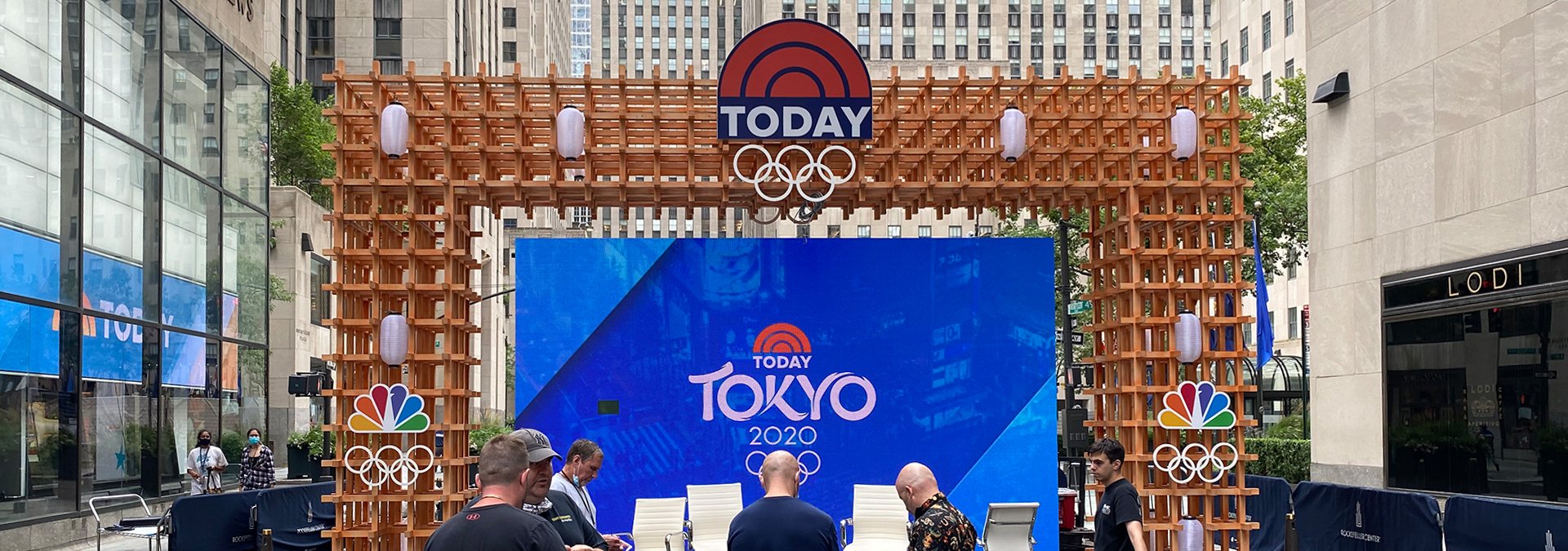Efficient Tactics for Addressing Overheating Issues in LED Display Panels
Wiki Article
LED wall panels are increasingly popular for various uses, including promotion, events, and electronic screens. However, overheating is a major issue that can impact their performance and longevity. When LED panels become too hot, they may dim, color shift, or even malfunction entirely. Understanding the reasons and applying effective methods to manage heat can help maintain the ideal function of LED panel panels. This piece will explore several strategies to tackle excess heat issues associated with these units.
One powerful approach for preventing excess heat in LED wall panels is ensuring proper ventilation. It is crucial to install these panels in settings where air circulation is sufficient. This can be achieved by positioning the screens in a well-ventilated space or utilizing blowers to improve ventilation around the devices. Additionally, if the panels are mounted in a confined space, creating openings or using vents can help dissipate heat more effectively. Maintaining a cooler ambient heat level is vital, as it directly impacts the function and durability of LED panel screens.
Another way to address excess heat is through the application of thermal control substances. These materials can help take in, disperse, or deflect heat away from the LED elements. Thermal sinks are frequently used in many electronic units, such as LED screens. These metallic elements draw heat away from the LED components, permitting them to function at a more secure heat level. Additionally, thermal paste or pads can be applied to enhance heat conduction between the LED elements and the thermal sinks, further boosting their chilling efficiency.

Regular maintenance and monitoring of LED panel panels also play a critical part in stopping excess heat. Dirt and grime can accumulate on the faces of these panels, obstructing airflow and trapping heat. Regular cleaning, using appropriate tools, will ensure the panels free from blockages. Furthermore, monitoring the temperature of the screens can help detect excess heat problems before they turn into critical. Using heat monitors can provide important information, enabling users to take corrective steps if the panels begin to exceed safe operating heat levels.
The use of advanced technology can also help address overheating challenges in LED wall panels. Many modern LED panels come fitted with built-in thermal control systems. These systems can automatically adjust the brightness of the screen based on the heat level, lowering heat production when needed. Additionally, program solutions can track the functionality of the panels and provide notifications if excess heat is detected. Incorporating these technologies can significantly enhance the durability and reliability of LED wall panels.
In conclusion, managing overheating in LED wall panels is essential for guaranteeing their functionality and durability. Applying methods such as providing proper airflow, using thermal management materials, conducting regular maintenance, and utilizing advanced tools can help reduce excess heat issues. go now By implementing these proactive steps, users can enjoy the full benefits of LED wall screens while reducing the threat of heat-related issues. This approach not only improves the functionality of the screens but also contributes to a more sustainable and efficient application of technology in multiple uses.